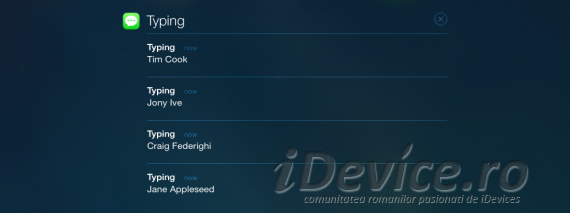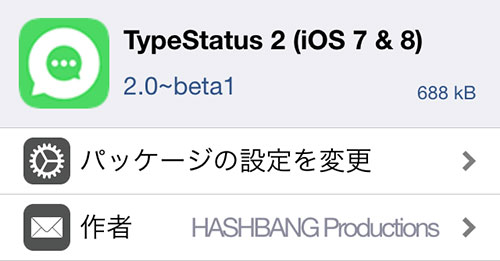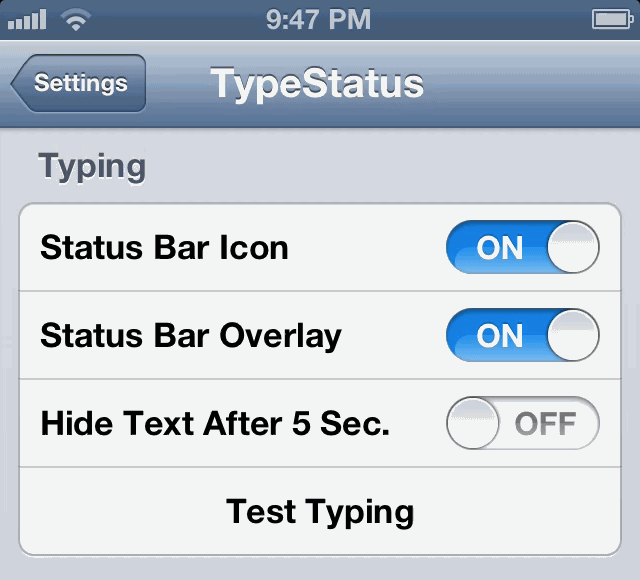

With the General Information setup tab selected, in the field you want to edit, enter a new value or select from the drop-down list. Status: the Status table defines status properties, and the Criteria table defines criteria-specific properties. The Workflow: Default Change Orders window appears. The Workflows window appears.ĭouble-click the workflow you want to modify, for example, Default Change Orders. Under Workflow Settings, double-click Workflows. The following sequence applies to modifying a workflow in the Workflows node. With the appropriate privileges, a user can similarly transfer signoff authority for other users. If the approver or acknowledger does not respond within the specified period, the routable object is sent to that user's designated escalation person, who can approve, reject, or acknowledge the routable object.īy defining a workflow with multiple Review and Released statuses, routable objects can be sequentially routed to different lists of approvers, acknowledgers, and observers.Ī user can transfer authority to approve or acknowledge routable objects to another user for a specified period of time. For example, when an approver does not respond within the specified time period, a reminder email notification is triggered to be sent.

You can preassign default approvers, acknowledgers, and observers.Įmail automatically notifies users of the creation and progress of a routable object. When all required fields are filled in for a released routable object, and when all the approvers and acknowledgers have signed off for a Review or Released status type, the routable object can be moved automatically-autopromoted-to the next status.Īpproval, rejection, and acknowledgment of the routable object occurs within defined permissions and other checks. When users create a routable object, they select a workflow from the list of workflows that are available for that routable object. The changes that are available for a particular routable object are completely configurable. Workflows automate the change control process in a variety of ways: (For a detailed description of a typical change control process, see the chapter about workflows in the Getting Started with Agile PLM Guide.) An Agile PLM workflow is an automated sequence of statuses that a routable object follows as it goes through a company's change control process. From this node, you can also define and create custom workflowsĪ workflow is an organized sequence of stages involving people's decisions: their creation, modification, review, and approval or rejection of a routable object. The Workflows node stores the default workflows that Agile PLM client users select to create and send routable objects for approval. Qhov hloov tshiab kawg uas Apple tau tshaj tawm, iOS 9.3.4, kaw cov kev siv uas siv tau yog li peb yuav tsum tau ceev faj thiab tsis hloov kho peb lub cuab yeej kom tsis txhob poob lub jailbreak uas peb tau tos ntev heev.Ĭov npe ntawm tweaks tau tshaj iOS 9.2-9.3.11.1 How Workflows Automate the Change Control Process

Thaum Pangu twb tso tus qauv ruaj khov ntawm lub jailbreak, Saurik twb tau qhib kev yuav khoom hauv Cydia, yog li tam sim no koj tuaj yeem yuav ib qho tweak ncaj qha los ntawm lub khw muag khoom muag. Lub ntsiab zoo li Activator, Springtimize 3 thiab Auxo 3 yog thawj zaug uas tau hloov kho. thiab 9.3.3 muaj twb tau ntau dua 300 ntau qhov tweaks uas twb tau tshaj nrog qhov tseeb jailbreakCov. Thaum ob lub lis piam tau dhau mus txij li lub community launch txog lub jailbreak tshiab rau 64-ntsis pab kiag uas tau tswj hwm los ntawm ib qho iOS no ntawm 92.


 0 kommentar(er)
0 kommentar(er)
